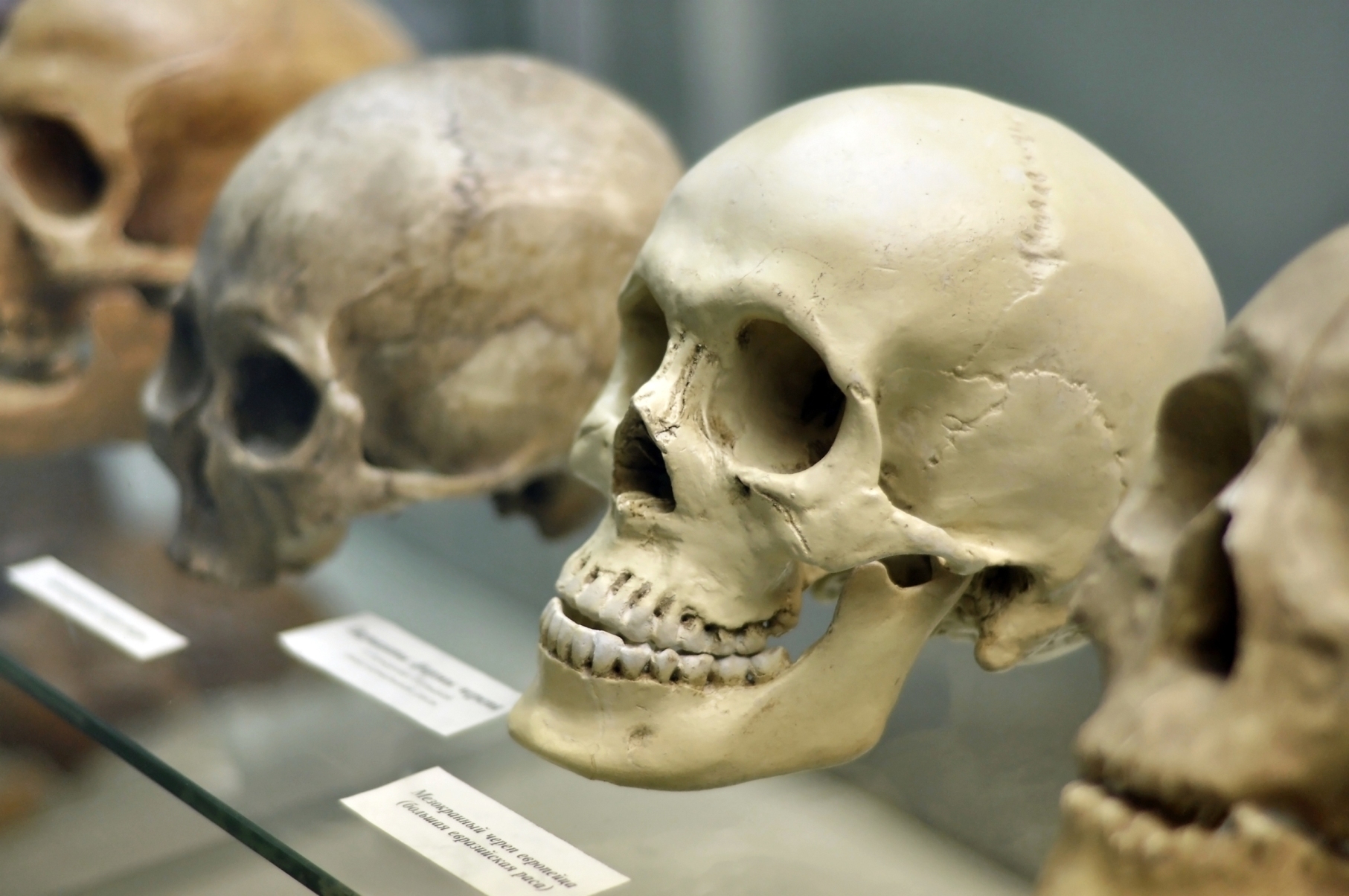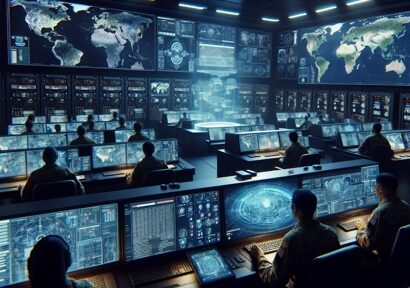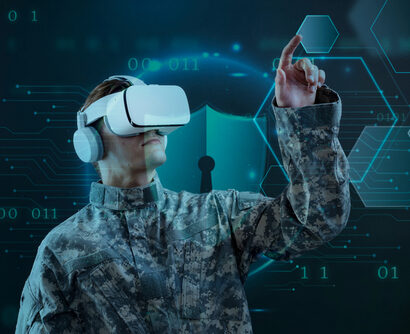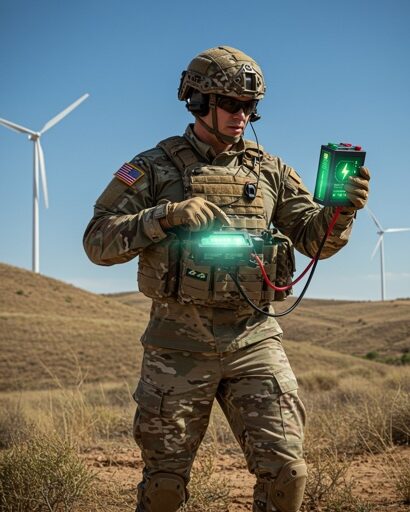Abstract: In today’s intensely interconnected world (a bi-product of globalization), numerous objects and processes are important enough to be constituted as components of an individual’s relevant environment, notwithstanding the reality that they exist or take place beyond the brain’s anthropologic operational range — in terms of time, geographic distance, selection, semantics or conceptualization. Said changes have created vast intermediate zones between our individual anatomical receptors and those things that are important to us. Everyday life items including food, dresses, cars, electronic goods, medicines, similarly news, knowledge, and information reach us through intermediate zones where third-party agents accidentally — as noise, or intentionally — in following their own agendas, can change the meaning of our relevant environment. Any interference executed with or without intention in the space between one’s retina and a component of their relevant environment is consequential to the decision-making processes of the brain. Interferences are capable of feeding the wrong primary information or influencing the assessment of set criteria, or both.
Bottom-line-up-front: The human brain is the intelligence machine that has guided the survival and advancement of Homo sapiens from their lives in caves well into the current Anthropocene. Upon its genesis, the Anthropocene encapsulated a new type of sophisticated (high-tech based) relevant environment. By order, it is accordingly harder to decipher with the stone age brain model in conjunction with its anatomy and physiology – of which the two were designed even before life in the caves and as such have not undergone major changes since.
Problem statement: How can the self-interest of humans be protected in a scenario of decreasing mental sovereignty and the ability to define objectives due to inadequate information inputs?
So what?: There is a clear need for a global news exchange center that compiles and analyzes databases on political, economic, financial, military, and humanitarian processes which are continuously present in the radar of public interest. The second necessity being Artificial Intelligence algorithms that can execute the verification of events and fact check their details in real-time with the capability to authorize issuing dynamic truth certificates on the measurable parameters of any news story. The underlying motivation here is to assess and endorse sources of reliable information and to black-mark attempts of disinformation and manipulation. Undoubtedly, it is our responsibility to design Humankind’s global Temple of Truth.

Source: shutterstock.com/Savvapanf Photo
If someone tries to persuade you that the cobra in front of you is just a rubber toy, this is not disinformation; this is an attempt of murder.
Discussions about truth, knowledge and reality have never left the center stage of human inquisitiveness, keeping it overpopulated by colorful to exotic interpretations, with many still debating about who is to play the main character. Counter to seemingly logical expectations, modern science – abundantly assisted by edge technologies – does not streamline or make the discourse on truth less controversial. On the contrary, contemporary cognitive science recently joined hands with quantum physics and the relativity theory to defend one of the most bizarre notions on truth – the argument that realism is false[1]. Human species, however, survive and advance while solving the above-mentioned issues on less abstract and more pragmatic information-processing tools that enable adequate responses and the efficient adaptation of the processes that take place in our environments. Human interest in the nature of truth is profoundly rooted in the reality that knowledge about our relevant environment determines the decisions we make and has the power to spotlight the difference between success and failure or survival and death.
With unsurpassed capabilities to generate remarkably efficient behavior in interactions with its immediate environment, the human brain is an incontestable masterpiece of evolution. It functions on relentless modelling its environment through recognition of images in space, and recognition of patterns of sound in time[2]. Provided it is frequent enough, the images of all components present in our environment are important to us in terms of survival and advantage – whereby time is conceptualized in the brain. This was how in the Paleolithic era, our ancestors were able to recognize and distinguish things in their surroundings like an apple, a river or a snake. On a higher level of the brain’s neocortex hierarchy, such elements are categorized into more general meanings such as food, water, or danger. Comparatively, in real-time, if an apple is in sight, the brain processes the information from the body sensors – the retina and olfactory system and for example, identify it as food. It then “consults” the internal organs to enquire whether hunger is present or not and if yes, it signals the hand muscles to reach out and grab it. Alternatively, if a snake were to be identified, respectively the command to “run away!” would have been sent to the skeleton-muscle actuators. Within the imperatives of evolution and with regard to the anatomical and physiological characteristics of Homo sapiens, “food”, “water”, or “danger” are crucially relevant to its survival and advance, so these categories have been constituted as components of Homo sapiens’ relevant environment. That meant constant monitoring of the immediate environment as well as scanning for anything there that could be identified as a component of the relevant environment. Otherwise, our species would not have survived.
Provided it is frequent enough, the images of all components present in our environment are important to us in terms of survival and advantage – whereby time is conceptualized in the brain.
The point in time when Homo sapiens emerged, some 300 000 years ago, was the only moment in history when the human brain was fully adequate to accomplish its evolutionary mission. At that time, Truth functioned as a component of a relevant environment present within the range of our anatomical receptors.
Here we stand…
You have some photons being sprayed onto the retina of your eye directly from the apple, the river, or the snake, and some molecules coming directly from the apple to interact with the olfactory sensors of your nose that make you able to smell an apple, with practically no third-party agency active in the space between you and the relevant component. Ever since that point in time, the accuracy of the primary information about the relevant environment kept declining which caused distortions in the decision-making process – leading to wrong conclusions and inadequate responses. Because, yes,the human brain is the intelligence machine that has spearheaded the survival and the advancement of Homo sapiens from life in caves into the current Anthropocene. Nonetheless, the Anthropocene brings about a new type of sophisticated high-tech based relevant environment, which is by order harder to decipher by using our stone age model of the brain. As a matter of fact, its anatomy and physiology was designed even before our life in the caves and has not changed a lot since. As Albert Szent-Györgyi noted, “Here we stand in the middle of this new world with our primitive brain, attuned to the simple cave life, with terrific forces at our disposal, which we are clever enough to release, but whose consequences we cannot comprehend.”[3]
Because, yes,the human brain is the intelligence machine that has spearheaded the survival and the advancement of Homo sapiens from life in caves into the current Anthropocene.
Among the other fundamental changes which “this new world” brought in the way Homo sapiens exist, one is of particular importance: the Anthropocene removed most of the essential components of our relevant environment beyond the range of our anatomical receptors, and in doing so, rendered the original highly efficient human paradigm of truth to be dysfunctional.
In today’s globalized world, numerous objects and processes are important enough to be constituted as components of an individual relevant environment, notwithstanding the reality that they exist or take place beyond the brain’s anthropologic operational range in terms of time, geographic distance, selection, semantics or conceptualization. Those changes have created vast intermediate zones between our individual anatomical receptors and the things that are important to us.
Everyday life items, such as food, dresses, cars, electronic goods, medicines, but also news, knowledge, and information, come to us through those intermediate zones where third-party agents accidentally — as a noise, or intentionally — by following their own agendas, can alter the meaning of our relevant environment. Any interference, intentionally or accidentally executed in the space between ones retina and a component of ones relevant environment, is consequential to the decision making processes in the brain. Said interferences can feed the wrong primary information or influence the assessment of a set of criteria, or both. More importantly, within a modern complex system with active intermediate zones as the primary tool — that “primitive brain, attuned to the simple cave life” can only react to its perception of reality, but not to reality itself. In any case, such an intervention will ultimately result in an inadequate response and manipulated behavior. In this way, by distorting the meaning of the original reality, the anthropologic intermediate zones provide opportunities for third-party agencies to intervene aggressively and majorly influence (to their own benefit) the behavior of large numbers of individuals. This is a real “gold mine” that has been largely exploited in advertising, propaganda, indoctrination, disinformation, and manipulation so as to boost efficacy. The outcome of such developments is much like driving a car with navigation that follows a forged map: when you hear “You have reached your destination”, you will actually find yourself at the destination that someone else wanted you to arrive at.
The outcome of such developments is much like driving a car with navigation that follows a forged map: when you hear “You have reached your destination”, you will actually find yourself at the destination that someone else wanted you to arrive at.
Contemporary digital technologies are capable of creating convincing images and videos of non-existing objects, people and events, with DeepFake[4] and FakeNude[5] being examples of the latest achievements.
The Application
And now imagine a hybrid entity, composed of a narrow group of people with similar political interests, with a platform the size, scale and the database of Facebook, and a highly advanced artificial intelligence agency, with the latter programmed to design for each of the millions of individual social media accounts a distinct, tailor-made image of a presidential candidate, satisfying an individual’s intrinsic set of political criteria.
The Artificial Intelligence agency could, in a jigsaw mode, cut each individually tailor-made image into, say, a hundred pieces, and some three months before the election, the program could start re-assembling it by adding one piece every day into that individual’s social media account. In this way, just before the elections, every single social media account that has been activated within the intermediate zone of the individual’s relevant environment will gradually release their clear-cut final choice. You are emotionally already in the state of mind that insists, “I can’t help but vote for this exceptional political leader”. With all millions of individual images bearing one and the same face of a real person, that is the “desired” next president.
This would be the point in time when the non-material Phantom Power, grown individually in the intermediate zones of each voter, and exercised on the election day by their “free” choice, would legitimately be transformed into the real power of a real president governing a real country. Nevertheless, all the above happenings could also be just the beginning of a new era of power.
The Artificial Intelligence agency could, in a jigsaw mode, cut each individually tailor-made image into, say, a hundred pieces, and some three months before the election, the program could start re-assembling it by adding one piece every day into that individual’s social media account.
Lubomir Todorov, Ph.D., is researcher and lecturer in future studies, anthropology, artificial intelligence, and geopolitics. He is similarly the founder of the Universal Future civilizational strategy. The views contained in this article are the author’s alone.
[1] Donald D. Hoffman, Realism Is False, A Conversation with Donald D. Hoffman [1.27.20], Edge, last accessed July 07, 2021, https://www.edge.org/conversation/donald_d_hoffman-realism-is-false.
[2] Freeman Dyson, “The Brain Is Full of Maps” A Talk By Freeman Dyson [6.11.19]. Edge, last accessed July 07, 2021, https://www.edge.org/conversation/freeman_dyson-the-brain-is-full-of-maps.
[3] Albert Szent-Gyorgyi Quotes, BrainyQuote.com, last accessed June 14, 2021, https://www.brainyquote.com/quotes/albert_szentgyorgyi_408702.
[4] Grace Shao, “What ‘deepfakes’ are and how they may be dangerous”, CNBC, last accessed January 17, 2020, https://www.cnbc.com/2019/10/14/what-is-deepfake-and-how-it-might-be-dangerous.html.
[5] James Vincent, “New AI deepfake app creates nude images of women in seconds”, The Verge, last accessed June 27, 2019, https://www.theverge.com/2019/6/27/18760896/deepfake-nude-ai-app-women-deepnude-non-consensual-pornography.






